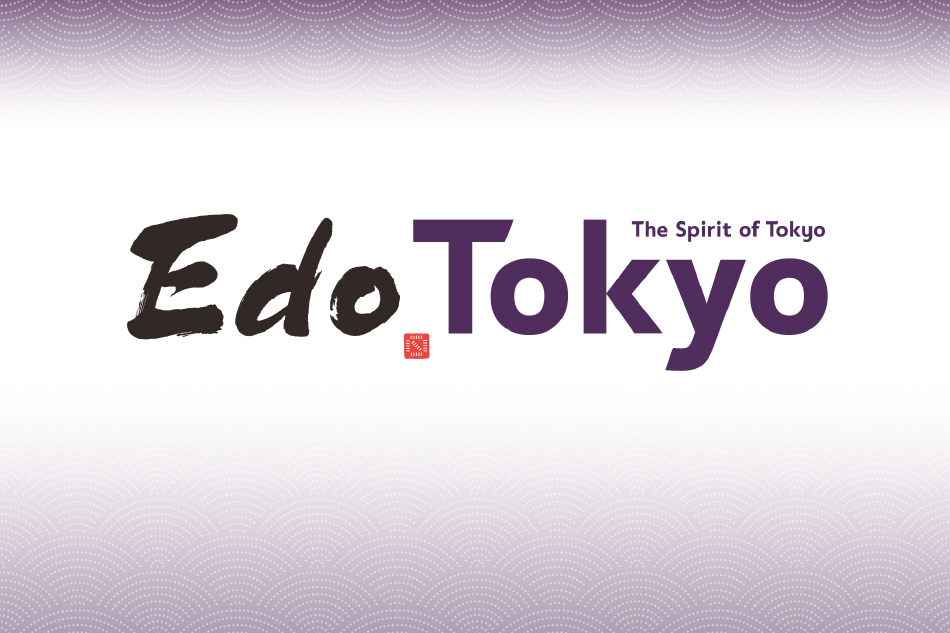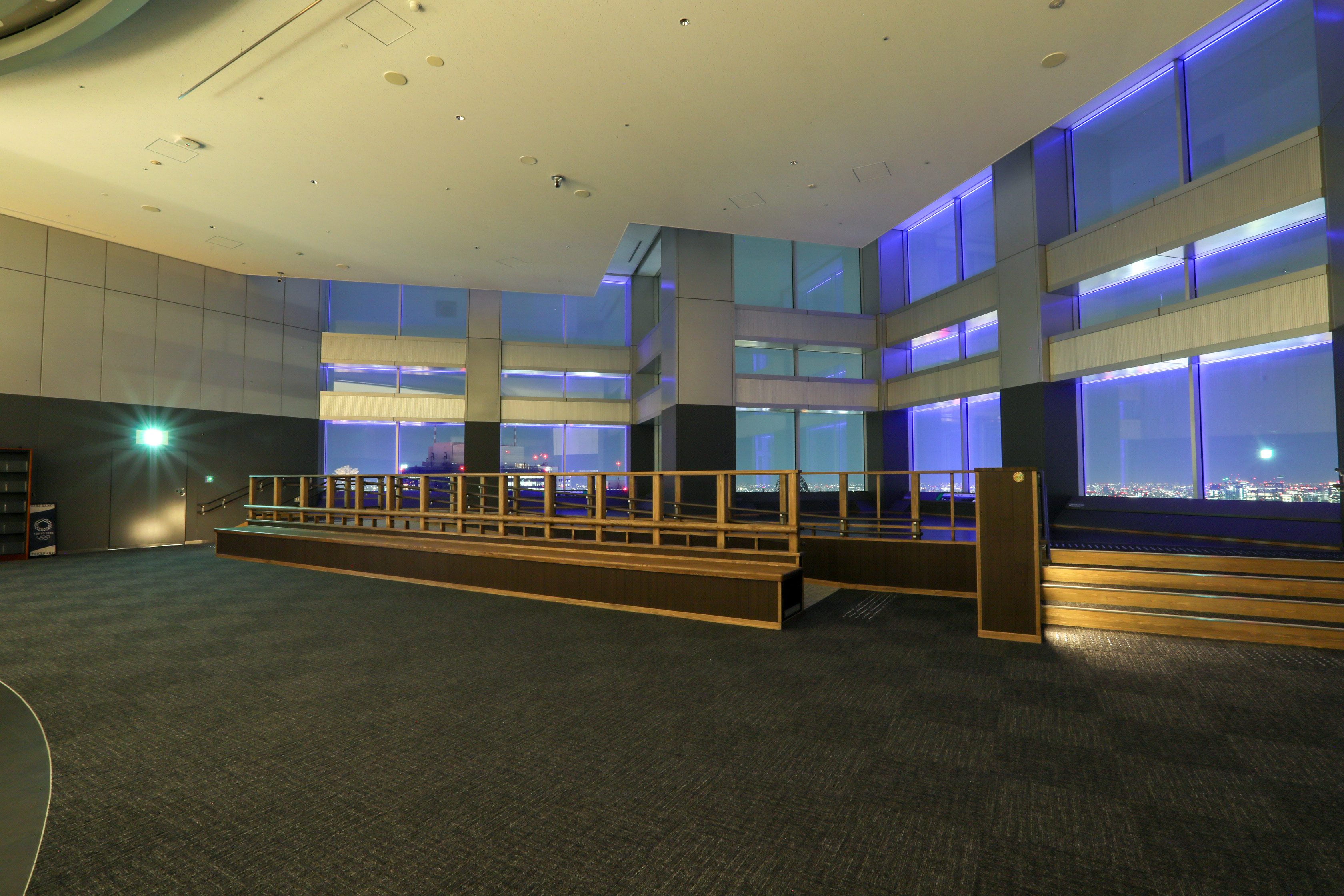Tokyo World Athletics Championships Inspires Next Generation
Legacy Stadium Fulfilled
The Japan National Stadium is finally set to welcome the crowd it was built for. Reconstructed as the centerpiece of the Tokyo 2020 Games, its doors were closed to spectators at the Olympics and Paralympics amid the COVID pandemic. This autumn, from September 13, the stadium will come alive for nine days as passionate track and field fans gather for its first international athletics event with spectators. "For me, the Holy Grail, the most important target, is to have a full stadium," World Athletics President Sebastian Coe had told Kyodo News.
A Global Celebration of Sport and Ambition
The World Athletics Championships Tokyo 25 are set to take place at the iconic stadium, promising a spectacle of sport, culture, and unity that transcends borders. Returning to Tokyo for the first time in 34 years, the championships will greet more than 2,000 athletes from over 200 nations, competing across 49 events. From the explosive 100-meter dash to the endurance-testing marathon, the event showcases the full spectrum of human athleticism. Yet beyond medals and records, it’s the stories—the moments of triumph, connection, and shared passion—that truly unite the world. The event’s official motto is, “Every second, SUGOI,” adopting the all-purpose Japanese word for expressing amazement, excitement, and admiration.
The Stadium: A Tribute to Tradition and Nature
Designed by master architect Kuma Kengo, the timber-rich National Stadium uses wood from all 47 prefectures across Japan. The unimposing flat-roof design blends in with the surrounding greenery of the Meiji Jingu Shrine outer gardens. The overhanging eaves were inspired by the pagoda of Horyuji Temple, one of the oldest wooden structures on Earth and a World Heritage Site. Inside, seats in five random earth tones evoke dappled sunlight.
As a child, Kuma was awed by the sweeping roofline of the 1964 Tokyo Olympic venue by legendary architect Tange Kenzo, who also designed the current Tokyo Metropolitan Government Building. In a 2020 interview with the University of Tokyo, Kuma shared his hope that this forest-themed stadium will spark the same creative flame in future architects that Tange ignited in him with the iconic Yoyogi 1st Gymnasium.
Passing the Baton: Creating Opportunities for Children
The World Athletics Championships are also committed to inspiring the next generation. Children, about 40,000 from Tokyo, as well as those from the three prefectures stricken by the Great East Japan Earthquake, and regions affected by the Noto Peninsula Earthquake, will be invited to watch the competition.
The Baton Project further fuels this momentum: Original batons of the championships have been donated to every elementary school in Tokyo. Athlete Ambassadors Abdul Hakim Sani Brown (100m, 200m) and Hashioka Yuki (long jump) delivered the batons in person at the donation ceremony, demonstrating the baton-handoff technique. One excited student remarked, “It was so light, I didn’t expect that! I’m really looking forward to running in our school sports day now.”
There is even an opportunity for children to hit the tracks during the championships period. About 3,000 fourth to sixth graders from 62 elementary schools (including six special education schools) in Tokyo will participate in the “See, Learn, and Run! Real Athletics Class” from September 16 to 19. They will get to run at the National Stadium with advice from athletes and also try a “1/1000 marathon” (42.195 meters). Even children with disabilities who cannot travel to the stadium will have a chance to experience “running through the stadium” via the avatar robot “OriHime.”
Sparking Dreams: Ambition and Legacy
“The power of sports is tremendous. I hope that everyone will engage in this thrilling world of sports and be inspired to have dreams and hopes for the future. I also want the championships to be a life-changing moment for the children; a catalyst for new aspirations arising from Tokyo,” said Governor Koike Yuriko at the one-month-to-go ceremony, lighting up the Tokyo Skytree in “Edo purple,” the main color of the event.
Nothing beats the real experience—witnessing the world’s best athletes pushing their limits, seeing their physiques up-close, and hearing the gasps, thunderous applauds, and cheers from the stands. Even in the moments leading up to the championships, feeling the texture and lightness of the original baton, or setting foot on the actual tracks of the venue are sure to leave lasting impressions on young minds.
The art of baton passing, a hallmark of Japanese relay teams, is a symbol for all that will be handed down, including the championship’s legacy and a lifelong love for sports.
In Tokyo, the stage is set. Every SUGOI second will matter—not only for medals, but for the spark of ambition that will be kindled in the hearts of millions of children.









Recommended for You
Engineering Safety from the Ground Up
December 5, 2025
Premium College (Part 1): Tokyo’s Path to a New Youth
December 5, 2025
Premium College (Part 2): Beyond the Classroom, Lifelong Learning
December 5, 2025
Fun After Dark: Shinjuku Neon Walk
December 12, 2025
Conclusion of a Partnership Agreement with Bike New York
December 5, 2025
2025 Disaster Management Seminar (October 30)
November 28, 2025
Tradition in Every Tooth: Yonoya's Handcrafted Boxwood Combs
November 26, 2025
Discover Freshly Harvested Rice through Donabe, Hagama and Ohitsu Culinary Traditions
November 25, 2025
Countdown Event: Happy New Year Tokyo 2026
December 12, 2025
Information About Toyosu Market
December 3, 2025